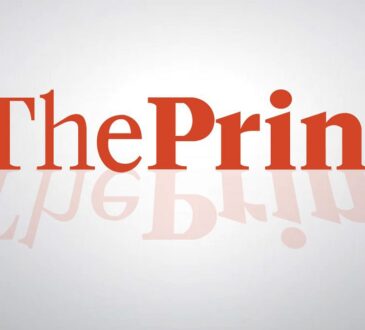After 7 out of 8 sessions of decline (and a symmetrical rise in the euro between $1.09010 and $1.1170), the dollar is finally starting to rebound after testing its lows of late December (‘$-Index’) and even since mid-July 2023 (on 18/07/2023 against the euro).
The ‘$-Index’ gained +0.45% to 101.50, with the greenback recovering more strongly against the yen (+0.6% to 146.15, versus 144.85 in the morning), and then against the euro (+0.4%).
The greenback did not recover against the pound or the Swiss franc, which were very strong at 0.8520, and recovered +0.3% against the euro to 0.9470.
The dollar is boosted by a sharp rise in yields on the opening day of the annual meeting of central bankers in Jackson Hole, Wyoming.
The ‘2-yr’ is +7.3pts at 3.995% and the ’30-yr’ is +7.8pts at 4.130%.
Patrick Harker (head of the Philadelphia Fed), interviewed on CNBC this Thursday around 3 p.m., believes that the Fed must cut rates “methodically” and that the “trajectory” is more important than the intensity of future easing (a way of tempering expectations of -50Pts on September 18?).
The deterioration in the labor market is, in his view, a “return to normal”, not a harbinger of recession.
The structure of the US labor market seems to prove him right, with 1.2 job offers per job seeker at the end of July (business conditions become negative when the ratio falls below 0.9/08%)… but the trajectory of the ‘JOLTS’ should tend towards 1/1 by the autumn.
The most eagerly-awaited US figures of the week have just been released in the early afternoon: growth in the US private sector decelerated very slightly in August.
S&P Global’s composite PMI came in at 54.1 in flash estimate, after 54.3 for the previous month (vs. 55 expected).
Solid growth in production masks a growing divergence between sectors”, points out S&P Global, citing a marked expansion in services, while manufacturing output fell for the first time since January.
The Labor Department reported 232,000 new jobless claims in the US in the week to August 12, up by 4,000 on the previous week.
The four-week moving average – more representative of the underlying trend – came in at 236,000, an anecdotal week-on-week decline of 750.
Finally, the number of people receiving regular benefits rose by 4,000 (that’s how thick the line is) to 1,863,000 in the week to August 5, the most recent period available for this statistic.
Yesterday’s minutes from the Fed’s latest meeting reinforced the scenario of a rate cut in September, given the easing of inflationary pressures and the rise in the US unemployment rate.
In Europe, the aux are also in the red, but yields are rising less rapidly than in New York, following mixed activity figures.
This morning, in Europe, markets took note of the HCOB composite flash PMI index for France.
This rose from 49.1 in July to 52.7 in August, thus exceeding the 50 mark separating growth from contraction, and signalling an increase in overall activity for the first time since April 2024.
In addition, the HCOB composite PMI flash index of overall activity in the eurozone rose by +1Pt, from 50.2 in July to 51.2 this month, signalling an acceleration in the growth of overall private sector activity after two consecutive months of slowdown.
Copyright (c) 2024 CercleFinance.com. All rights reserved.

